- Description
-
Details
Education is evolving at an unprecedented pace, driven by advancements in technology. Smart classrooms are a prime example of this evolution, transforming traditional teaching environments into digitally enhanced learning spaces. In this article, we will explore the concept of smart classrooms and delve into the numerous advantages they offer to educators and students alike.
What is a Smart Classroom?
A smart classroom is an educational setting that leverages technology to enhance the teaching and learning experience. It integrates various digital tools and devices to create an interactive and dynamic learning environment. The centerpiece of a smart classroom is often an interactive whiteboard or smart board, which serves as a hub for digital content and collaboration.
Advantages of Smart Classrooms
-
Interactive Learning: Smart classrooms encourage active participation by offering interactive elements such as touchscreens, digital whiteboards, and interactive software. This hands-on approach fosters engagement and enhances comprehension.
-
Access to Digital Resources: Smart classrooms provide access to a vast array of digital resources, including educational websites, multimedia content, and e-books. This enables educators to supplement their teaching materials with up-to-date and diverse content.
-
Customized Learning: Technology in smart classrooms allows educators to tailor their teaching methods to individual student needs. Adaptive learning platforms and personalized content can help students progress at their own pace.
-
Enhanced Collaboration: Students can collaborate more effectively through digital tools like shared documents, online discussion boards, and virtual group projects. This promotes teamwork and communication skills.
-
Real-time Assessment: Smart classrooms enable real-time assessment and feedback. Educators can use digital quizzes and polls to gauge student understanding instantly and adjust their teaching accordingly.
-
Multimedia Integration: Teachers can incorporate multimedia elements such as videos, animations, and simulations to make complex concepts more accessible and engaging.
-
Global Connectivity: Smart classrooms can facilitate virtual guest lectures, international collaborations, and connections with experts from around the world, expanding students' horizons.
-
Improved Teacher Efficiency: Automation of administrative tasks, attendance tracking, and grading can save educators valuable time, allowing them to focus more on instruction.
-
Environmental Benefits: Smart classrooms contribute to a more eco-friendly learning environment by reducing the need for paper and printed materials.
-
Inclusion and Accessibility: Technology in smart classrooms can accommodate diverse learning needs, making education more accessible for students with disabilities and different learning styles.
Technology in Smart Classrooms
Several technologies contribute to the success of smart classrooms:
-
Interactive Whiteboards: Interactive whiteboards, often touch-enabled, serve as the central interface for educators to display content and interact with students.
-
Computers and Tablets: These devices are used by both educators and students to access digital content, run educational software, and perform research.
-
Projectors: Projectors display content from computers or other devices onto a larger screen, making it visible to the entire class.
-
Audio Systems: Quality audio systems ensure that students can hear clearly, even in larger classrooms.
-
Document Cameras: Document cameras capture and project physical documents or objects onto the screen, allowing for real-time visual explanations.
-
Wireless Connectivity: Smart classrooms often have wireless internet access, enabling seamless connectivity to online resources.
Success Stories: Impact of Smart Classrooms
Let's explore some real-world examples that highlight the positive impact of smart classrooms:
-
James Elementary School's Transformation:
- James Elementary School adopted smart classroom technology, including interactive whiteboards and tablets.
- Teachers reported increased student engagement and participation.
- Standardized test scores improved across grade levels.
- The school received recognition for innovative teaching practices.
-
Green University's Technological Leap:
- Green University invested in smart classrooms for its lecture halls and laboratories.
- Professors noted a significant improvement in student attendance and attentiveness.
- Research projects became more collaborative and efficient with digital tools.
- Green University's ranking in technology-related programs rose substantially.
Challenges and Considerations
While the advantages of smart classrooms are substantial, there are challenges to consider:
-
Infrastructure Costs: Implementing smart classroom technology requires a significant initial investment in infrastructure, including hardware, software, and training.
-
Teacher Training: Educators need proper training to effectively integrate technology into their teaching methods.
-
Maintenance and Upkeep: Ongoing maintenance and upgrades are necessary to ensure the continued functionality of technology.
-
Privacy and Security: Safeguarding student data and maintaining online security are paramount concerns.
-
Digital Divide: Not all students have equal access to technology outside of school, potentially exacerbating educational inequalities.
Future of Smart Classrooms
The future of education is undeniably intertwined with technology. Smart classrooms will continue to evolve, incorporating advanced technologies such as:
-
Artificial Intelligence (AI): AI-driven tools will provide personalized learning experiences and automate administrative tasks.
-
Augmented Reality (AR) and Virtual Reality (VR): AR and VR will create immersive learning experiences, allowing students to explore subjects in depth.
-
Internet of Things (IoT): Smart classroom infrastructure will be enhanced with IoT devices, enabling real-time data collection and analysis.
-
Blockchain: Blockchain technology may be used to securely manage student records and credentials.
Conclusion
Smart classrooms represent a significant leap forward in the field of education. By harnessing the power of technology, educators can create dynamic and engaging learning environments that cater to individual student needs. The advantages of smart classrooms, from interactive learning to global connectivity, make them a valuable investment in the future of education. While challenges exist, the potential for improved student outcomes and a more inclusive learning experience is well worth the effort of implementing and maintaining smart classroom technology. As technology continues to advance, so too will the opportunities for enhancing education in smart classrooms.
Smart Classroom Images
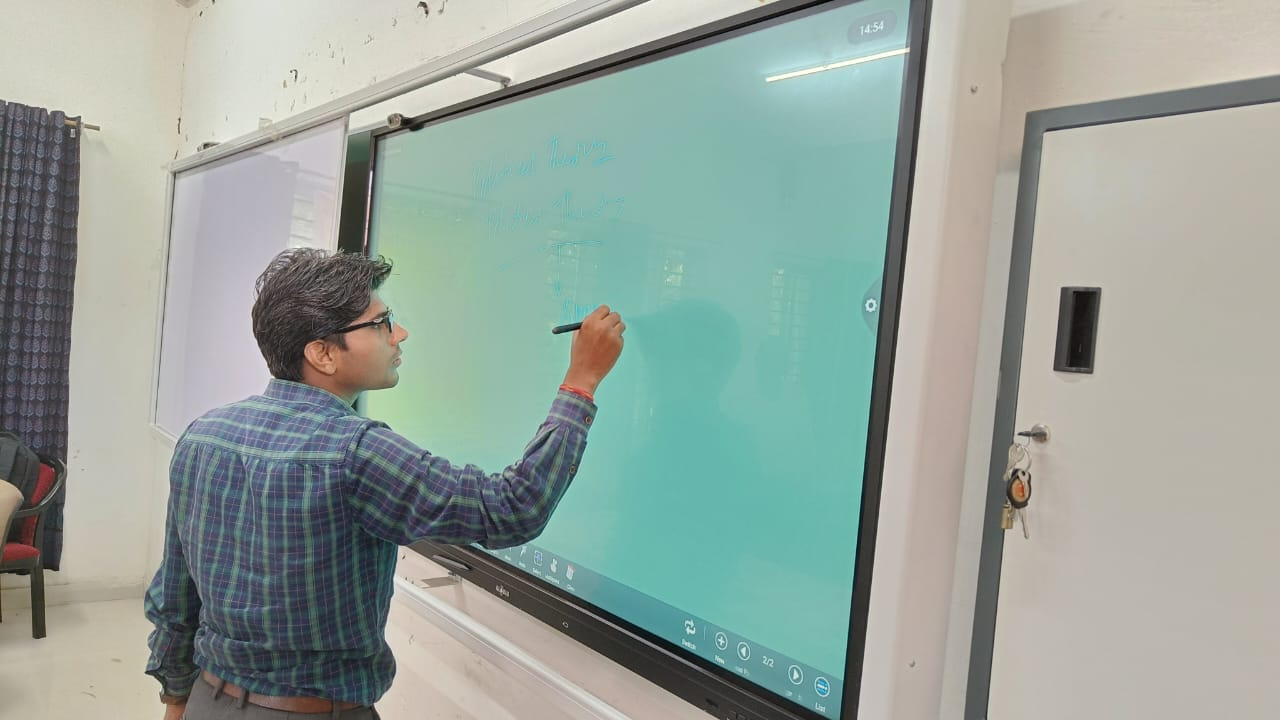
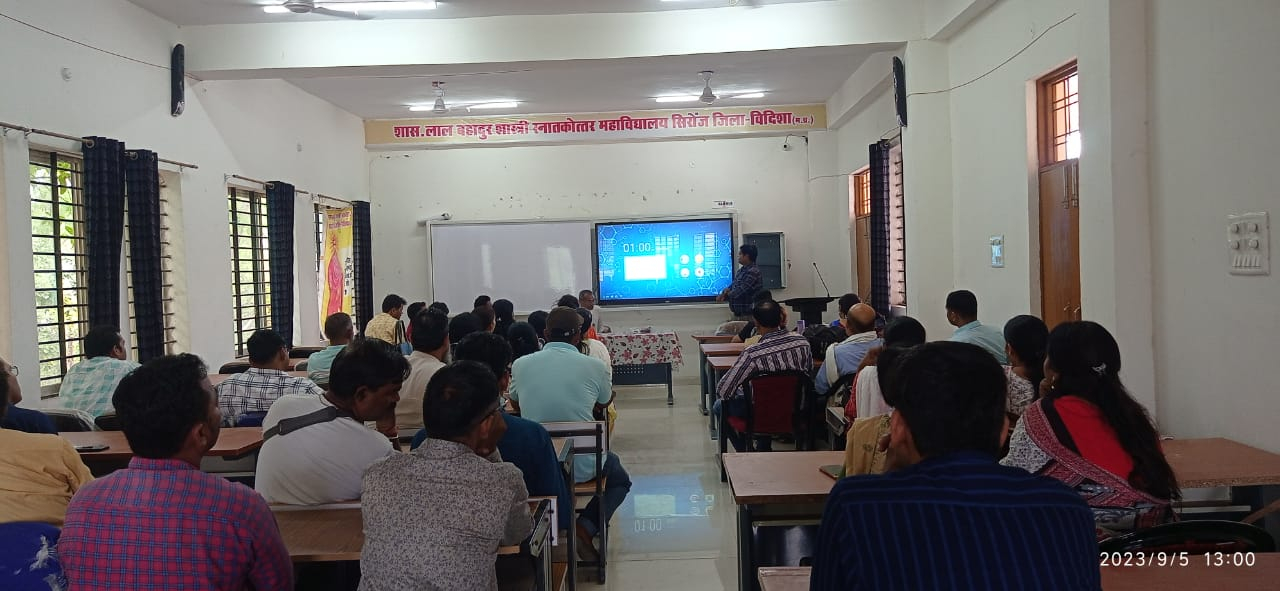
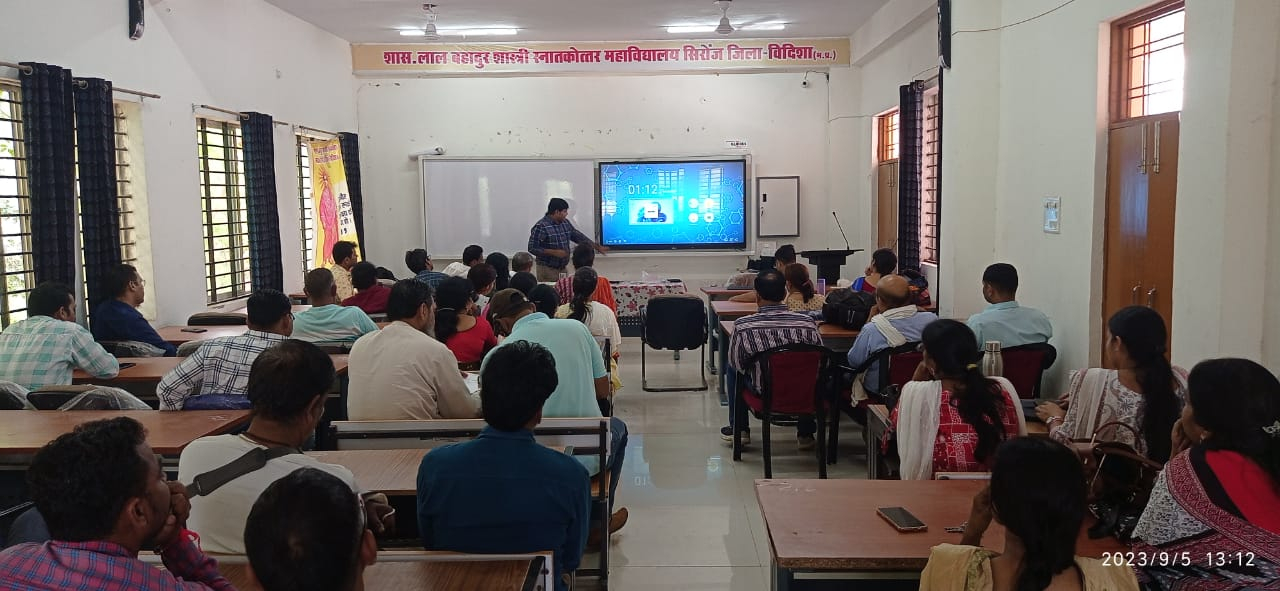
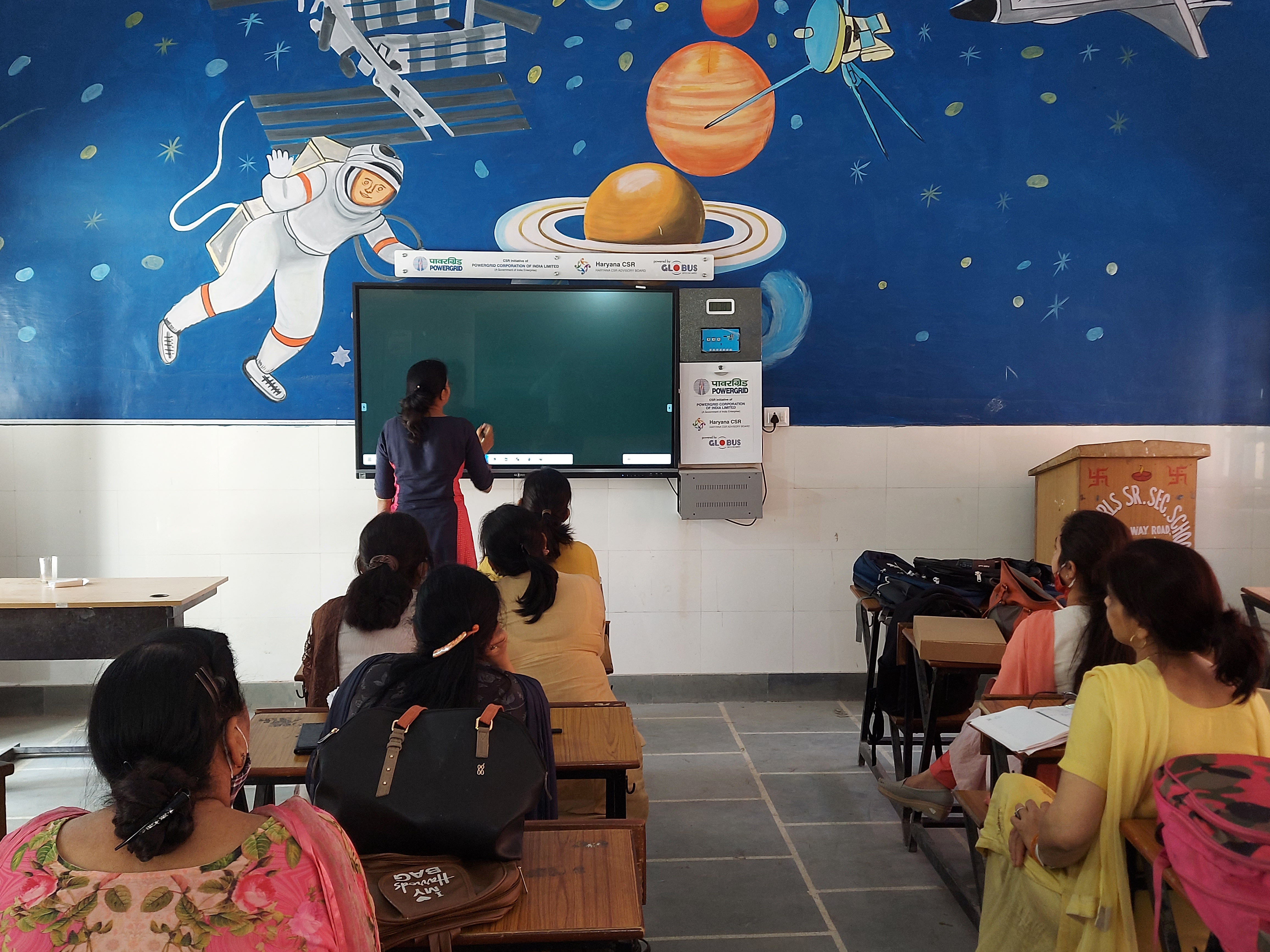
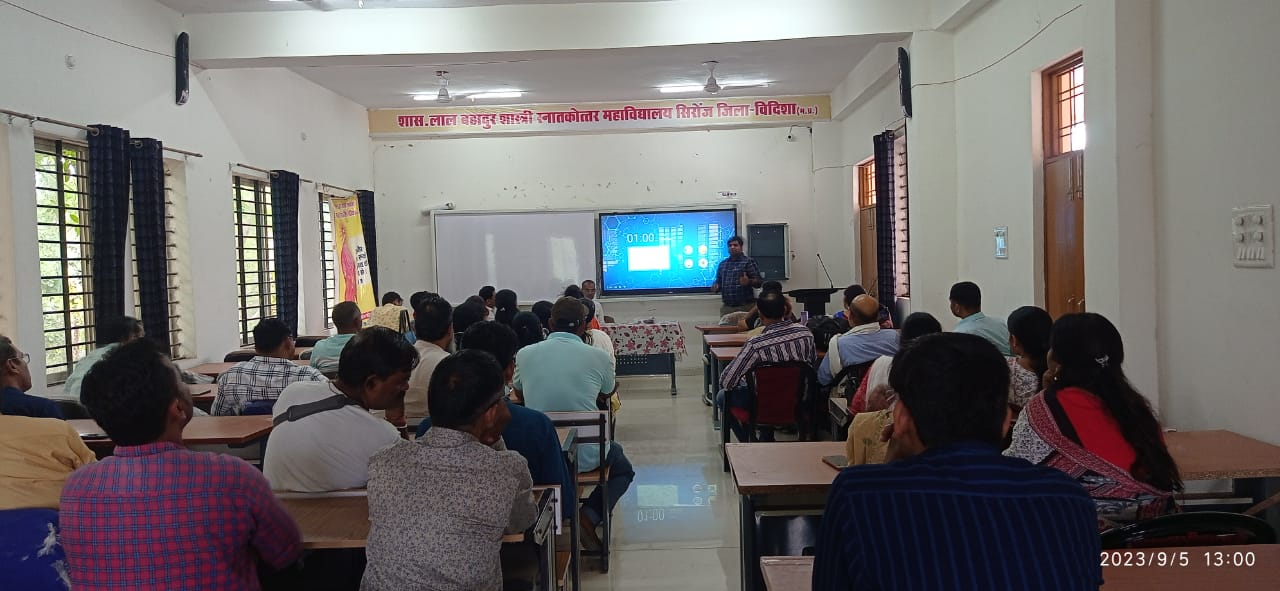
-
- Reviews
-
Default welcome msg!

